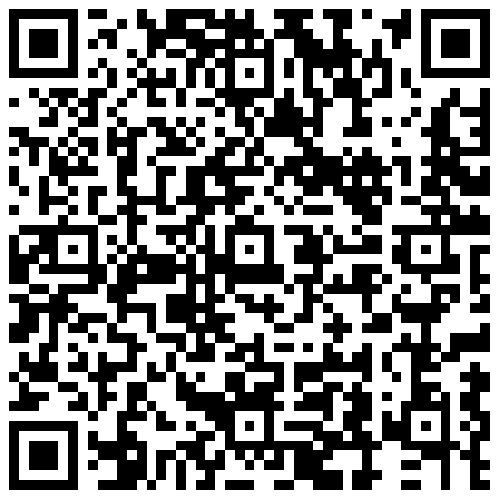180 Degree Angle
by Daisy, May 06 2023
In geometry, an angle is formed by two rays that share a common endpoint. The vertex of an angle is the point where the two rays meet. The symbol used to represent an angle is ∠, and the two sides of the angle are referred to as its arms.
Angles that are measured in the counterclockwise direction from the base are called positive angles, while those measured in the clockwise direction are referred to as negative angles. The degree is the standard unit of measuring an angle and is represented by the symbol °.
Name of Different Types of Angles
There are several types of angles in geometry, each with its unique definition and properties. The following are some of the most common types:
- Reflex Angle: An angle that measures more than 180° but less than 360° is known as a reflex angle.
- Straight Angle: An angle whose measure is exactly 180 degrees is called a straight angle. It looks like a straight line, and its arms are collinear and opposite rays. For example, the angle formed by the two pages of an open book is a straight angle.
- Adjacent Angle: When two angles share a common vertex and a side, they are called adjacent angles.
- Vertically Opposite Angles: When two lines intersect, the angles opposite to each other are known as vertically opposite angles.
- Complementary Angles: Two angles are said to be complementary when their sum is equal to 90 degrees.
- Supplementary Angles: When the sum of two angles is equal to 180 degrees, they are called supplementary angles.
In geometry, if an angle is represented by θ, the above definitions and properties can be applied accordingly.
Table of Different Angle
| Angle | Degree |
|---|---|
| acute angle | 0°<θ<90° |
| right angle | θ=90° |
| obtuse angle | 90°<θ<180° |
| straight angle | 0=180° |
| reflex angle | 180°<θ<360° |
| full rotation | θ=360° |
180 Degree Angle
An angle that appears as a straight line and changes direction to point the opposite way is known as a straight angle. It measures 180 degrees, which is equal to half a revolution, π radians, or two right angles. When a straight angle is formed, it creates two supplementary angles, each measuring 90 degrees, which add up to 180 degrees.
In terms of radians, a 180-degree angle is equivalent to π radians, which is the ratio of the length of the arc to the radius of the circle. A straight angle is one of the several types of angles in geometry. The other types include acute angles (measuring less than 90 degrees), obtuse angles (measuring greater than 90 degrees but less than 180 degrees), right angles (measuring exactly 90 degrees), reflex angles (measuring greater than 180 degrees but less than 360 degrees), and full angles (measuring exactly 360 degrees).
Note
The straight angle is symbolised using different notations. When measured in degrees, it is expressed as 180 degrees, while in radians, it is represented by the symbol pi (π).
Examples of 180 Degree Angle
There are various instances of straight angles that we encounter in our everyday lives, such as:
- A straight line or a ruler that's completely extended in a single direction.
- The corner of a square or rectangle, where the two adjacent sides meet each other.
- A flat surface like a table, floor, or wall that creates an angle of 180 degrees with the ground or another surface.
- A see-saw at the point where it's level or horizontal.
- The hands of a clock when it's exactly 6 o'clock, which creates a straight line with the 12 o'clock and 6 o'clock positions.
- A perfectly straight stick or rod without any curve or bend.
It's important to note that a straight angle and a straight line are not interchangeable concepts. While a straight angle measures 180 degrees, a straight line simply connects two points.

 Successful
Successful